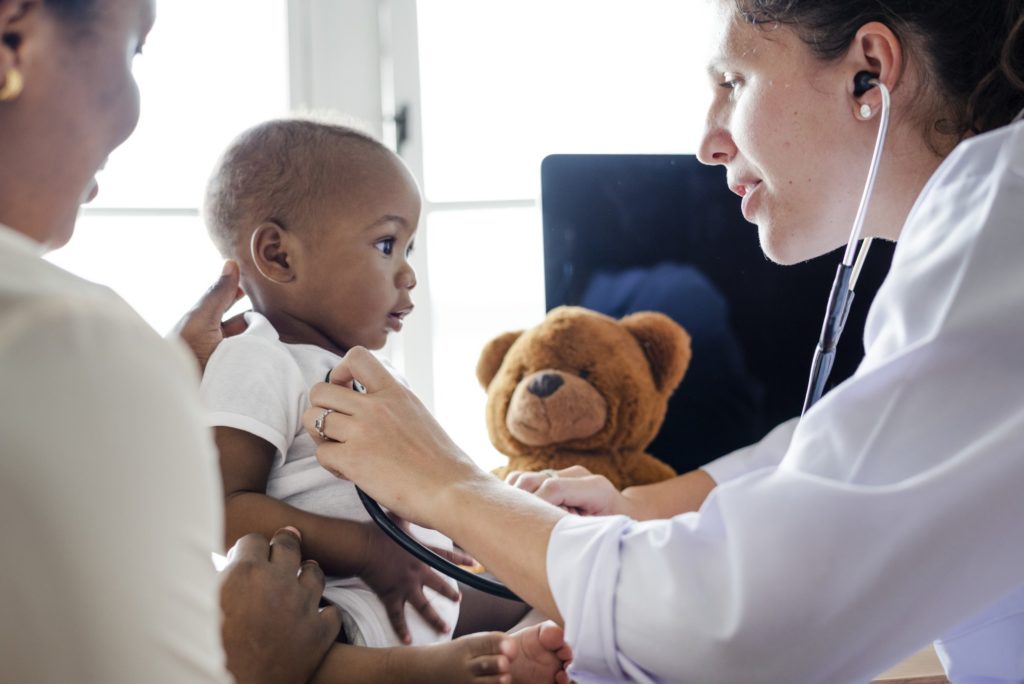Time For A Second Opinion: Common Pediatric Diagnosis Mistakes That You Should Look Out For

Doctors and parents have two things in common: they want the best for your child and they’re not always perfect.
Rarely is there a malpractice case where the doctor admitted to having malintent or something against the patient. You’d have a hard time finding any cases that aren’t an urban legend.
But that doesn’t mean misdiagnoses don’t happen. They do, and when they’re pediatric diagnosis mistakes, they can affect a child for the rest of their lives.
Imagine a doctor diagnosing appendicitis in a toddler or infant who can’t speak as colic or gas pains. There’s no way for the baby to indicate the pain, but they could have tried harder to find the root issue.
Finding high-quality doctors, getting second opinions, and knowing which diseases are most often misdiagnosed is the best way to keep your child safe.
Finding Quality Doctors
Doctors should always explain to you how they came to a conclusion and what they used to cancel the other options out.
To continue with the appendicitis example, a thorough doctor would say something like, “at first I thought it was gas, but due to the localized sensitivity, I think it’s appendicitis.”
If they don’t walk you through their process, ask them to. They won’t assume you’re undermining their opinion, they’ll respect you for trying to understand.
If you want a second opinion, a high-quality doctor will respect that too. The second opinion is a safety net for them, so they can avoid malpractice suits, and for you so you can ensure they’re right about the diagnosis.
Common Pediatric Diagnosis Mistakes
Any ailment can be misdiagnosed in a child. However, there are some that occur more often than others.
Appendicitis
Despite medical advancements, appendicitis is a misdiagnosis that’s still common today.
The appendix is no longer necessary for human survival or optimal human health. It’s like an afterthought that evolution hasn’t removed yet.
But that doesn’t mean it’s not painful. Anything that “bursts” inside your body is going to hurt.
For most patients, it feels like gas pains at first, then gets gradually worse. The telltale sign of appendicitis, though, is the localized pain. The appendix is on the lower right side of the body.
If you suspect it’s more than gas, try gently pressing on the left side of your child’s abdomen to get a “control”. A few minutes later, press on your child’s right side (where the appendix is). If there’s a significant difference of sensation, take them to the emergency room.
If you’re already at the emergency room and you feel like the doctor is writing you off, show them the difference between the two sides.
If you just got back from the emergency room and are furious the doctor didn’t realize it was appendicitis, get a free legal consultation here.
Bacterial Meningitis
This is a serious disease. So serious that it’s fatal in a significant amount of cases if caught late or misdiagnosed. This is one reason to make sure your child is up on their shots–as early symptoms look just like the common cold.
Why is it so dangerous? Instead of the infection attacking the general body and immune cells, like the flu or a cold does, it attacks your spinal tissues and the tissue around the brain. And since it takes such a direct route (and can block receptors) it often causes sepsis, which is when the immune system doesn’t fire in the right way.
Sepsis can damage or completely kill bodily organs.
When to Suspect Meningitis
There are some symptoms that separate this disease from the common cold.
In infants and young children, it could be as simple as an unusual cry or “bulging fontanels”, which is the soft spot on their head. For children and adults, stiff neck, muscle pain, and a bad headache with fever-like symptoms are common.
If you know your child hasn’t had the meningitis vaccine, or they have (there are over 50 types of this bacteria) and they seem sicker than usual, take them to a doctor immediately.
Incorrect Medication Type or Dosage
In another study, researchers found that prescription mistakes are the doctor’s fault almost 70% of the time.
If you suspect your doctor gave your child the wrong medication or gave them the wrong dose, you could have a case. Another possibility is that their negligence caused a negative medication interaction.
Always disclose every medication your child is on. If you don’t, it’s not the doctor’s fault for prescribing medicine that doesn’t mix well with something else.
Why File a Case?
Not all consultations will turn into cases, but they should still be taken seriously. If a doctor has put your child in harm’s way or failed to recognize something that will cause them health issues for the rest of their lives, hold them accountable.
It will be a lesson for the doctor that they need to be more careful, which will hopefully stop the accident from happening to other kids.
Second, the settlement could help with the new medical expenses you have from a misdiagnosed or late-diagnosed disease.
Trust Your Gut
You have the right to question your doctor, to tell them you disagree, and to get a second opinion. You know your child and their history best–better than any form could ever express.
If you suspect your doctor made one of these or other unlisted pediatric diagnosis mistakes, give us a call. We’re on your side.
